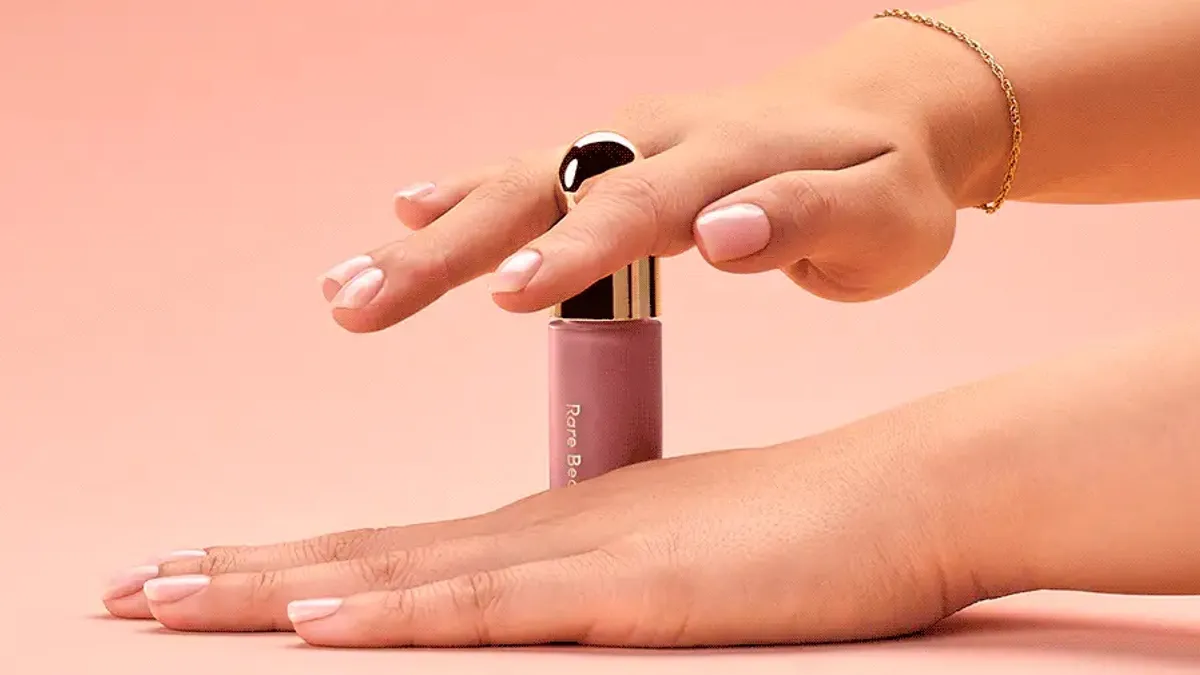Dive Brief:
-
Fast-fashion retailer Zara has created a gender neutral section on its website called "ungendered", featuring a line of clothes modeled by both men and women.
-
The Spanish retailer isn’t the first retailer to make this move—Bustle magazine, which reported on this news, notes that Muttonhead is another brand to do so—but it’s perhaps the most mainstream retailer to specifically cater to men, women, and non-binary people. The line includes T-shirts, tank tops, jeans, sweatshirts, joggers, and sweaters.
-
Target recently announced that it would present toys, bedding, and other kids goods in gender neutral sections in its store and on its site (search results still respond to requests for gender-specific items, some just show up in both) but says it will keep clothing gender-specific due to fit.
Dive Insight:
High-fashion brands, including designers and retailers, are increasingly presenting designs and campaigns that cross or ignore gender lines. Zara’s new presentation shows that is going mainstream.
The changes are a reflection of global and generational influences: Many cultures recognize more than two genders, and half of millennials believe gender identity is not binary but a spectrum.
High-profile celebrities are also helping break down gender definitions and are bringing these notions into the mainstream. Celebrity offspring and Tweeter Jaden Smith, son of actors Will Smith and Jada Pinkett Smith, showed up at Coachella last year wearing a dress, for example. And Caitlin Jenner is literally the cover girl on the topic.
During the spring 2016 menswear season last year, from Paris to London, for example, designers used lace, floral prints, blousy shirts, and flower-embroidered cardigans.
As LGBT rights and transgender or gender-nonconforming rights gain acceptance, it’s become less shocking and more mainstream for people to feel comfortable as who they are and to dress in ways they please or find beautiful.
The idea of gender is being softened, at least, and this movement presents both an opportunity and an interesting problem for retailers, which are often slow to respond to consumer and generational shifts like these. Indeed, some retailers still struggle with how to sell clothing on a full spectrum of sizes, much less gender.
Maybe Zara, who enjoys the freedom of catering to a younger, more accepting demographic, has it easier. But it’s also making it easier for others to follow suit.













